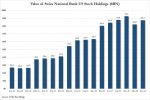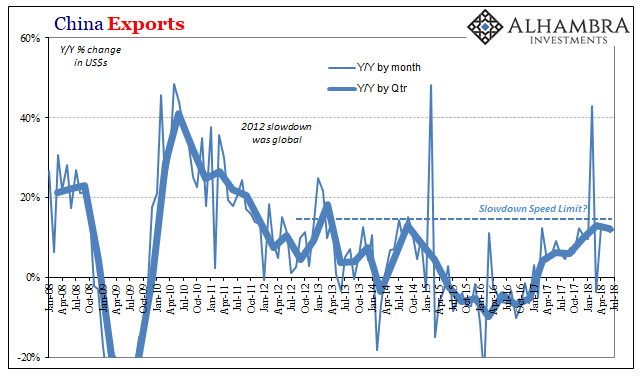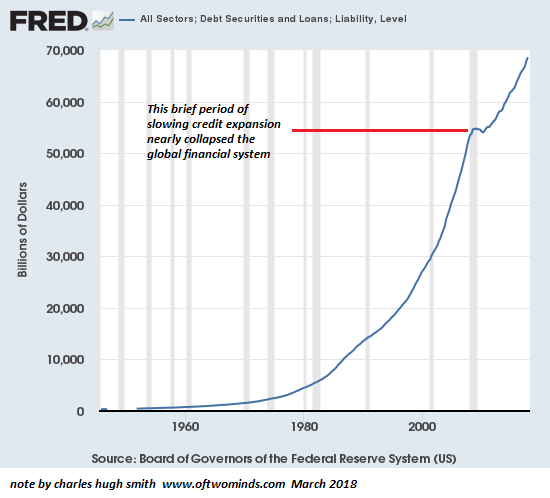Andréa M. Maechler, Member of the Governing Board of the Swiss National Bank
News conference of the Swiss National Bank, Berne, 14.12.2017
Complete text: PDF (478 KB)
Situation on the financial marketsLet me start with developments on the financial markets.
The monetary policy pursued by the large central banks was once again the focus of attention for the financial markets in the second half of the year. Given moderate inflation growth, financial market participants are expecting only a very gradual normalisation of monetary policy across the world. Against this backdrop, government bond yields have remained persistently low. Muted expectations regarding a move away from expansionary monetary policy, coupled with favourable economic data and good corporate results, have contributed to largely positive risk sentiment on the financial markets. This has been reflected, for instance, in a stock market rally, lower yield spreads on corporate bonds and reduced demand for safe-haven assets such as the Swiss franc. In this positive market environment, volatility has remained low and volatility for the US equity and bond markets, calculated using option
prices, has dropped to record lows.
|
Implied Financial Market Volatility, 2015 - 2017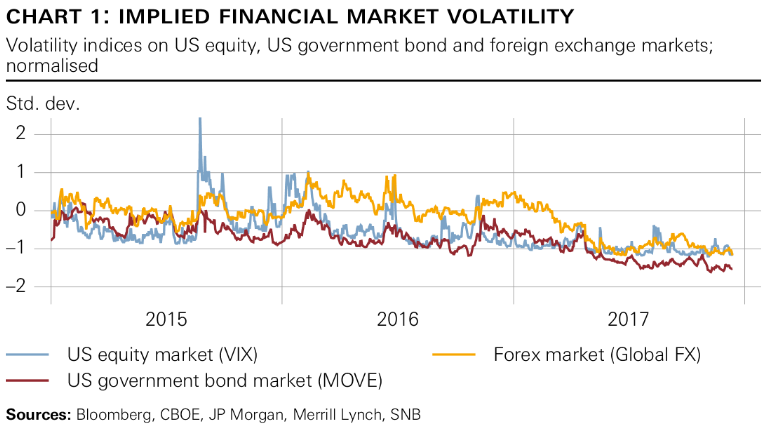 Source: www.snb.ch - Click to enlarge |
Stock MarketsDespite positive economic data in Europe, European stock indices have risen only moderately. The Stoxx Europe 600 has climbed some 3% since mid
-year. One reason for the modest stock market performance in Europe is the strengthening of the euro, which impaired corporate earnings growth somewhat. By contrast, US companies recorded a strong increase in profits. Furthermore, the prospect of lower corporate tax rates raised expectations of higher profits in the future. Against this background, US stock indices reached record highs. The S&P 500 has risen by about 10% since mid-year. Swiss companies have benefited from stronger demand from Europe and the weaker Swiss franc. The Swiss stock market (SMI) also made substantial gains, up some 5%.
|
Global Equity Markets, Jul - Dec 2017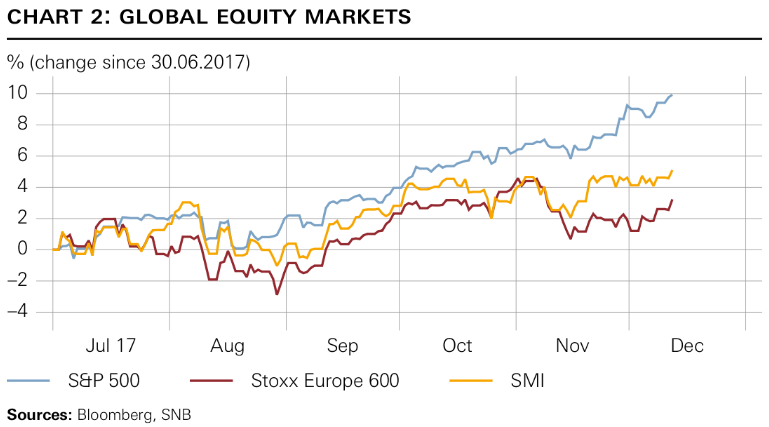 Source: www.snb.ch - Click to enlarge
|
Bond RatesThe low yields on ten-year government bonds from advanced economies have remained virtually unchanged since mid-year. In the US too, although key rate normalisation is underway and the Federal Reserve has initiated balance sheet reduction, longer-term yields have risen only marginally until now.
Exchange RatesOn the foreign exchange market, the US dollar initially continued on the downward path it had been following since the beginning of the year. The dollar then strengthened again somewhat from autumn onwards against the backdrop of the Federal Reserve’s ongoing monetary policy normalisation and the prospect of tax reform. As Thomas Jordan already mentioned, reduced political uncertainty and favourable economic developments in the euro area contributed to the appreciation of the euro. In this environment, the Swiss franc has lost some 5% of its trade-weighted value since mid-year. The depreciation largely occurred over a few days at the end of July, but the downward trend – broad-based across the market and founded on good market quality – continued over the following months.
|
Trade-Weighted Exchange Rates, Jul - Dec 2017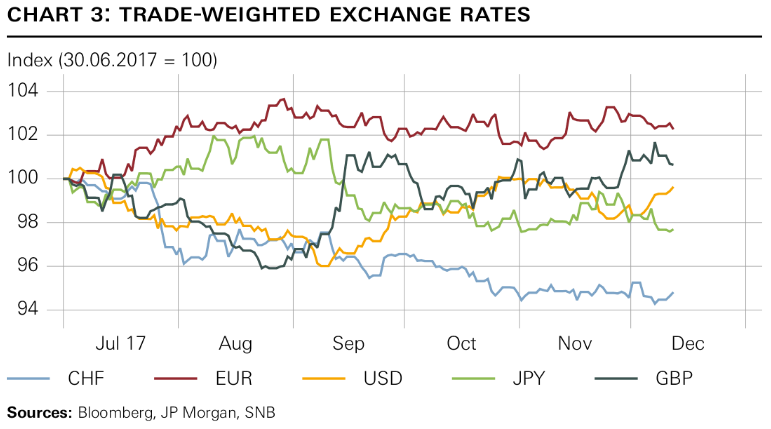 Source: www.snb.ch - Click to enlarge |
Option MarketsOverall, the situation on the foreign exchange market remains fragile, however. Despite the positive market environment, the Swiss franc has not weakened any further in recent weeks. The risk of renewed Swiss franc appreciation remains, particularly if there is a return to risk aversion in the market. A look at the option markets shows that investors are still prepared to pay a higher premium to hedge against Swiss franc appreciation than against its depreciation.
|
3-Month Risk Reversals, Jan - Dec 2017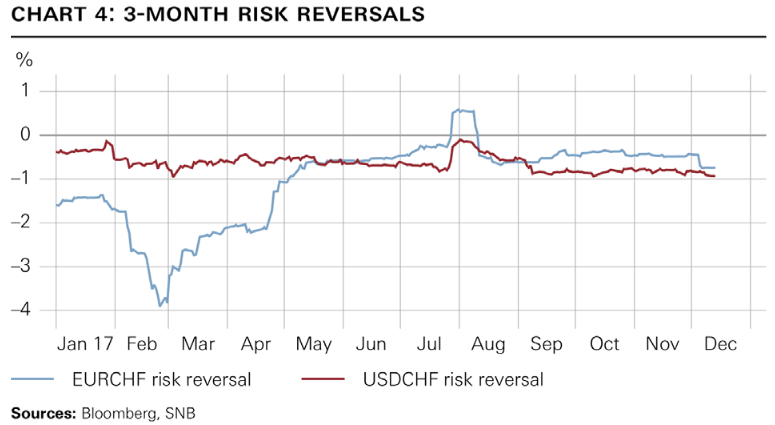 Source: www.snb.ch - Click to enlarge |
Progress made in reforming reference interest rates.
Let me turn now to reference interest rate reform.
In Switzerland too, Libor – the Swiss franc Libor, to be specific – is extensively used as a benchmark. According to an SNB survey on lending, Libor and its swap curve are applied as
Tags: newslettersent























